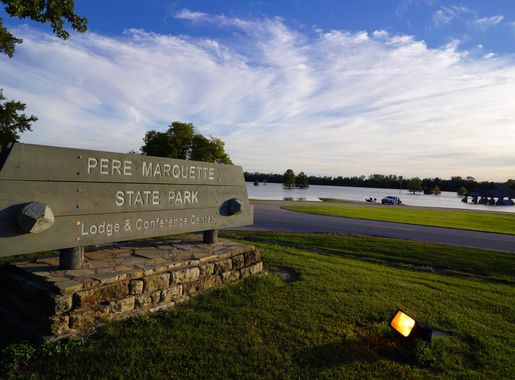
The Scenic Great River Road of Illinois
Discover the beauty and heritage of Illinois along the Great River Road, a scenic byway offering stunning views, historic sites, and outdoor adventures.
The Great River Road in Illinois is a scenic byway that stretches along the Mississippi River, offering breathtaking views and a variety of attractions. This picturesque route spans approximately 550 miles and showcases some of the most charming and historic towns in the state. From the vibrant city of Alton to the serene landscapes of Nauvoo, the Great River Road provides a unique mix of natural beauty, cultural heritage, and recreational activities. One of the highlights of this journey is the abundance of parks and nature reserves, perfect for outdoor enthusiasts. The Pere Marquette State Park offers excellent hiking trails and panoramic views of the river. For history buffs, the region is rich with historical sites such as the Lewis and Clark State Historic Site and the Cahokia Mounds State Historic Site, which provide fascinating insights into the area's past. The Great River Road also boasts a variety of charming small towns with unique shops, local eateries, and friendly residents. Towns like Grafton and Galena are known for their welcoming atmospheres and local festivals. Along the way, tourists can enjoy numerous opportunities for boating, fishing, and bird-watching, making it an ideal destination for nature lovers and adventure seekers alike.
Local tips in Great River Road
- Visit during fall for stunning foliage and cooler weather.
- Stop by Pere Marquette State Park for hiking and river views.
- Check local event calendars for festivals in towns like Grafton and Galena.
- Explore historical sites such as the Lewis and Clark State Historic Site.
- Pack binoculars for bird-watching along the river.
The Scenic Great River Road of Illinois
The Great River Road in Illinois is a scenic byway that stretches along the Mississippi River, offering breathtaking views and a variety of attractions. This picturesque route spans approximately 550 miles and showcases some of the most charming and historic towns in the state. From the vibrant city of Alton to the serene landscapes of Nauvoo, the Great River Road provides a unique mix of natural beauty, cultural heritage, and recreational activities. One of the highlights of this journey is the abundance of parks and nature reserves, perfect for outdoor enthusiasts. The Pere Marquette State Park offers excellent hiking trails and panoramic views of the river. For history buffs, the region is rich with historical sites such as the Lewis and Clark State Historic Site and the Cahokia Mounds State Historic Site, which provide fascinating insights into the area's past. The Great River Road also boasts a variety of charming small towns with unique shops, local eateries, and friendly residents. Towns like Grafton and Galena are known for their welcoming atmospheres and local festivals. Along the way, tourists can enjoy numerous opportunities for boating, fishing, and bird-watching, making it an ideal destination for nature lovers and adventure seekers alike.
When is the best time to go to Great River Road?
Iconic landmarks you can’t miss
National Great Rivers Museum
Explore the National Great Rivers Museum for an unforgettable journey through the history and ecology of America's mighty rivers.
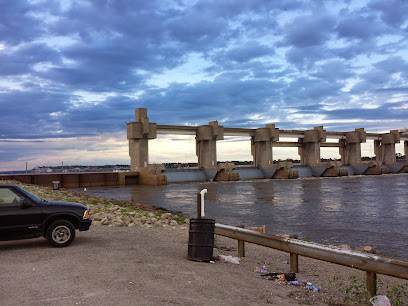
Great Rivers & Routes Tourism Bureau
Explore the Great Rivers & Routes: Your Gateway to Scenic Beauty and Rich History in Alton, Illinois.
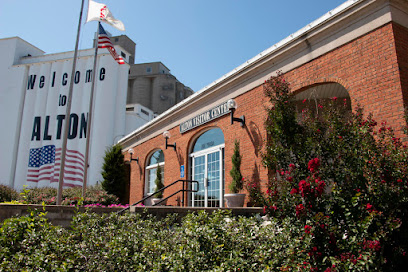
Illinois River and Mississippi River
Experience the breathtaking beauty and adventure of the Illinois and Mississippi Rivers in Grafton, Illinois, where nature and history converge.
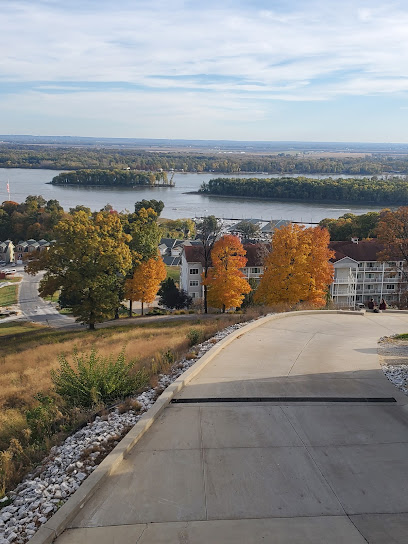
INHS Great Rivers Field Station
Explore the INHS Great Rivers Field Station, where ecological research meets the beauty of Illinois' rivers, ideal for nature lovers and curious minds.

Meeting of the Great Rivers National Scenic Byway
Explore the Meeting of the Great Rivers National Scenic Byway – a breathtaking journey through nature and history at the confluence of three iconic rivers.
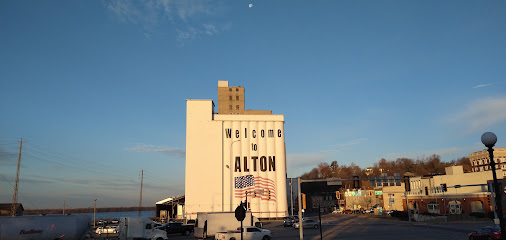
Unmissable attractions to see
Enterprise Center
Discover the pulse of St. Louis at the Enterprise Center, home to thrilling sports events and unforgettable concerts in a modern arena setting.
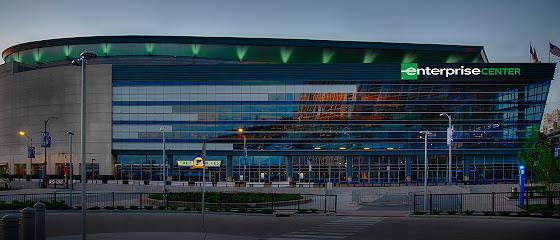
Pere Marquette State Park
Experience the serene beauty and outdoor adventures at Pere Marquette State Park, a hidden gem in Illinois perfect for nature lovers and adventure seekers.
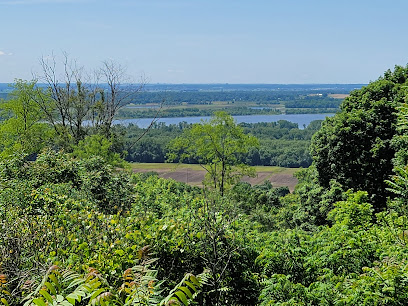
Lewis & Clark Boat House and Museum
Discover the legacy of adventure at the Lewis & Clark Boat House and Museum, a fascinating tribute to America's legendary explorers along the Missouri River.
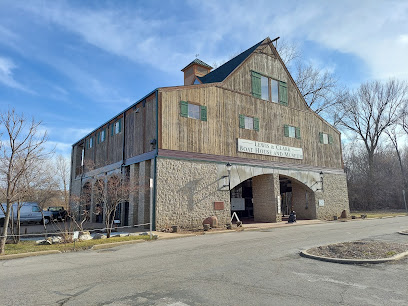
Raging Rivers WaterPark
Dive into a world of fun at Raging Rivers WaterPark in Grafton, IL, where thrilling slides and family-friendly attractions create the perfect summer adventure.
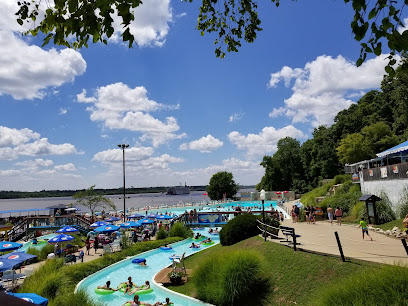
Old Chain of Rocks Bridge
Discover the Old Chain of Rocks Bridge, a historic landmark in St. Louis, Missouri, offering stunning views and a glimpse into Route 66's rich history.
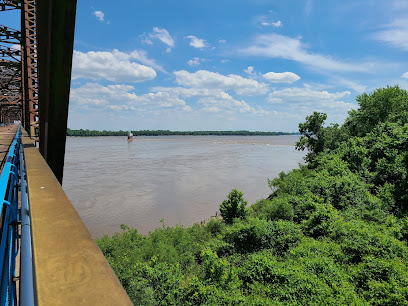
Grafton SkyTour at Aerie's Resort
Discover breathtaking aerial views and exhilarating rides at Grafton SkyTour, a must-visit attraction in Illinois for all adventure seekers and nature lovers.

National Great Rivers Museum
Discover the rich history and ecology of the Mississippi River at the National Great Rivers Museum in Alton, Illinois.
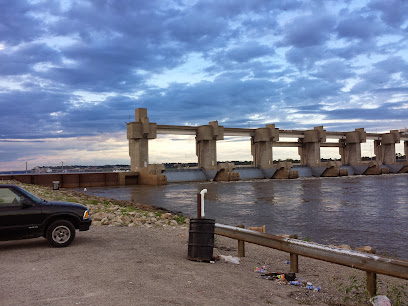
Audubon Center at Riverlands
Explore the Audubon Center at Riverlands, a nature preserve in Missouri, renowned for bird watching, serene trails, and immersive wildlife experiences.
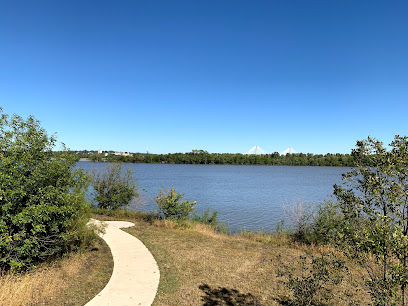
Siloam Springs State Park
Explore the stunning landscapes and diverse wildlife at Siloam Springs State Park, a premier destination for nature lovers and outdoor enthusiasts in Illinois.

Grafton Zipline at Aerie's Resort
Experience the thrill of ziplining through the breathtaking landscapes of Grafton, Illinois, at Aerie's Resort - a must for adventure seekers.
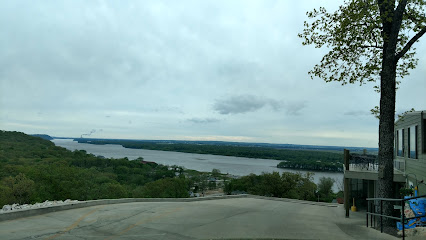
Riverview Park
Experience the breathtaking views and peaceful ambiance of Riverview Park in Alton, Illinois, a perfect retreat for nature lovers and families.
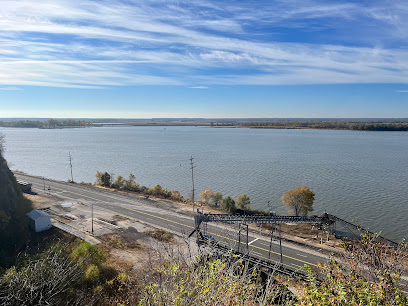
John M Olin Nature Preserve (Nature Institute)
Explore the captivating beauty of John M Olin Nature Preserve, a haven for hikers and bird watchers in Godfrey, Illinois.
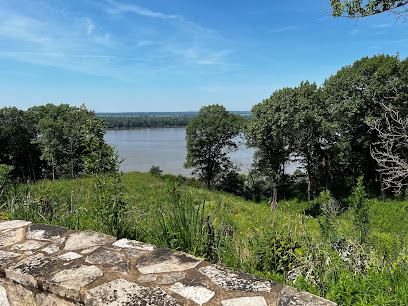
Aerie's Resort in Grafton Illinois
Discover the beauty of Aerie's Resort in Grafton, Illinois, where adventure meets relaxation along the stunning Illinois River.
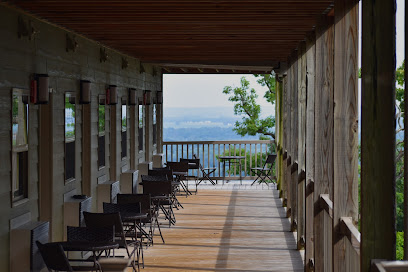
Bethalto Arboretum
Experience the serene beauty of Bethalto Arboretum, a picturesque park showcasing diverse flora and peaceful walking paths in Illinois.

Clifton Terrace Park
Explore the tranquility of Clifton Terrace Park in Godfrey, Illinois, where nature meets community and outdoor activities abound.
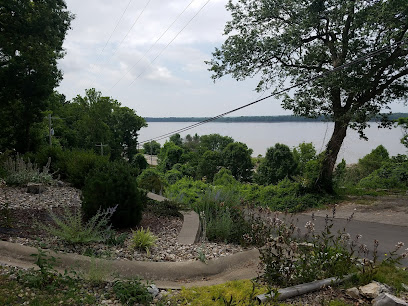
Essential places to dine
River Roast
Discover River Roast: A stylish New American restaurant along the Chicago River offering delectable dishes and stunning views for every occasion.
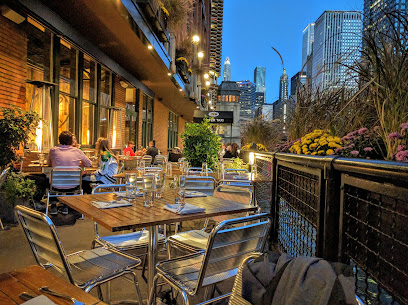
Grafton Oyster Bar
Experience fresh seafood delights at Grafton Oyster Bar along the beautiful banks of the Mississippi River.
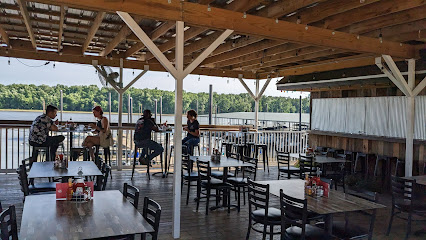
Tiramisu
Experience authentic Italian flavors at Tiramisu in Quincy, IL—your destination for exquisite cuisine and warm hospitality.
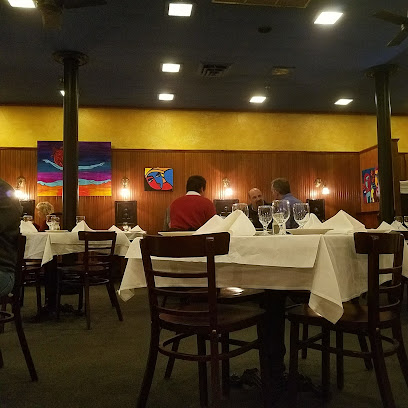
Morrison's Irish Pub
Discover the charm of Ireland at Morrison's Irish Pub in Alton - enjoy hearty meals, vibrant drinks, and live music in a cozy setting.
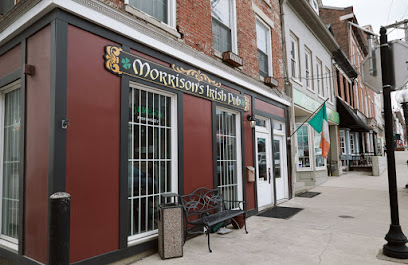
3rd Chute Bar & Grill
Discover 3rd Chute Bar & Grill in Grafton, IL - A Culinary Delight Amidst Scenic Beauty Perfect for Travelers.
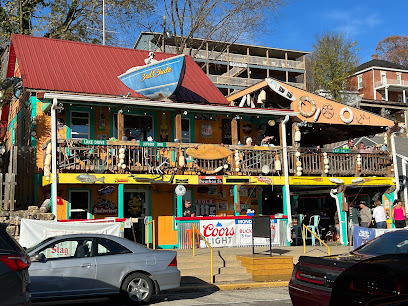
E'Town River Restaurant
Experience authentic Southern cuisine in a unique riverside setting at E'Town River Restaurant in Elizabethtown, Illinois.
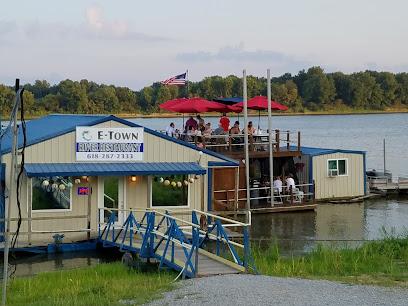
Illinois Riverdock Restaurant
Discover delightful family-friendly dining at Illinois Riverdock Restaurant along the scenic Illinois River in Hardin.
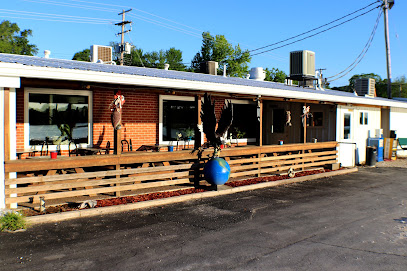
Drifters Bar and Grill
Experience delicious American cuisine in Grafton at Drifters Bar and Grill – where taste meets charm.
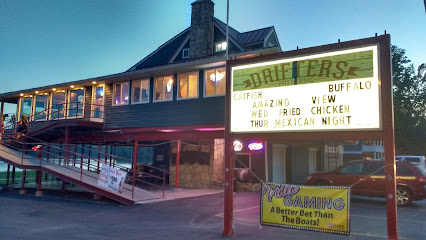
Wittmond's Restaurant
Discover Wittmond's Restaurant in Brussels: A family-friendly eatery serving up delicious comfort food in a cozy setting.
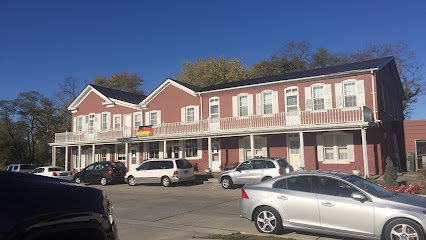
The Hawg Pit BBQ
Experience mouthwatering Southern-style barbecue at The Hawg Pit BBQ in Grafton—your ultimate destination for smoked meats and delicious sides.
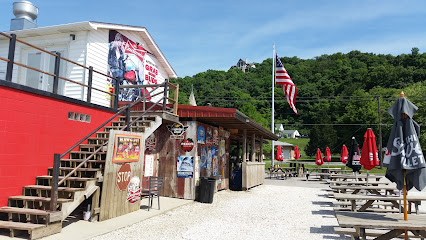
Brass Door Restaurant-Catering
Experience the warmth of American cuisine at Brass Door Restaurant in Carrollton, IL - where comfort meets culinary excellence.

Grafton Pub
Discover the warmth of Grafton Pub - where great food meets lively atmosphere in the heart of Illinois.
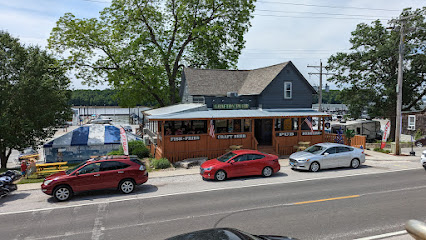
Nucci's Pasta House
Discover the essence of Italy at Nucci's Pasta House in Pittsfield - where homemade pasta meets exceptional hospitality.
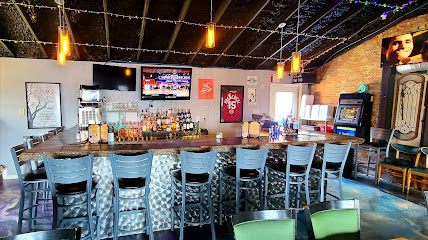
Atlas Cafe
Discover the heartwarming flavors of America at Atlas Cafe in Rockport - your go-to spot for delightful breakfasts and friendly service.
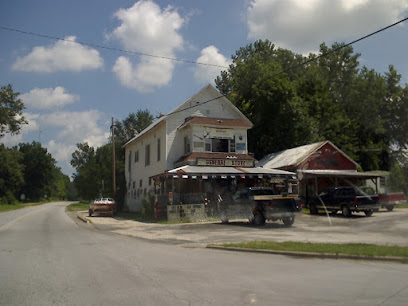
The Winery at Aerie's Resort
Experience exquisite wines and stunning views at The Winery at Aerie's Resort in Grafton, Illinois—a perfect escape for wine lovers and food enthusiasts.
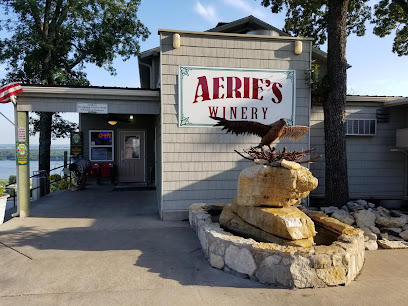
Markets, malls and hidden boutiques
Fashion Outlets of Chicago
Discover a shopping haven at Fashion Outlets of Chicago, where luxury meets affordability in a vibrant retail atmosphere.
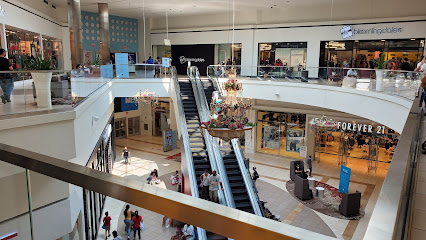
River Oaks West Shopping Center
Explore River Oaks West Shopping Center: a vibrant hub of shopping, dining, and entertainment in Calumet City, Illinois.
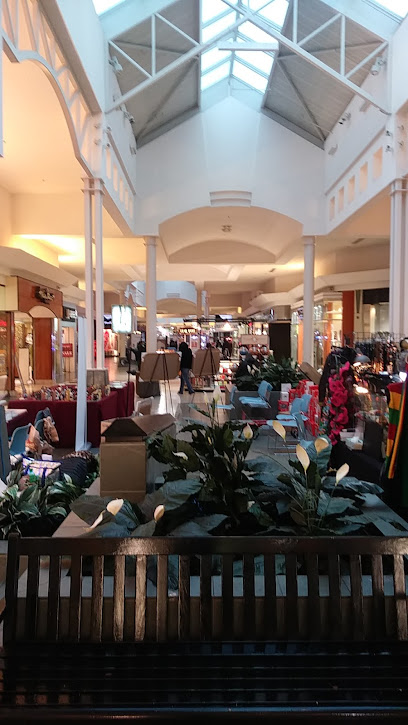
Pink Elephant Antique Mall
Explore a treasure trove of antiques, vintage furniture, and unique home goods at Pink Elephant Antique Mall in Livingston, Illinois, where every visit is a new adventure.
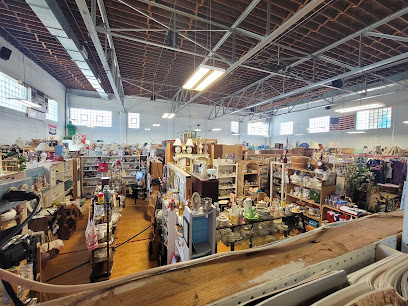
The Shops at Fox River
Discover a shopper's paradise at The Shops at Fox River, where retail therapy meets delightful dining and community events in McHenry, Illinois.
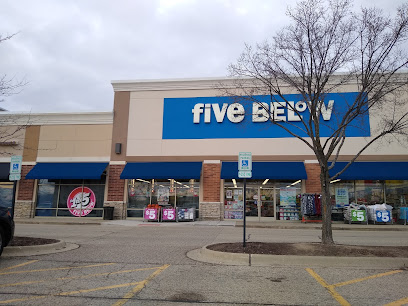
Pittsfield Farm & Home Supply
Discover Pittsfield Farm & Home Supply: Your local hub for agricultural supplies, clothing, and sporting goods in the heart of Illinois.
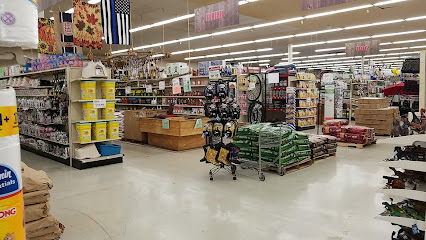
The Chirping Frog Antique Mall
Explore a treasure trove of vintage collectibles and unique antiques at The Chirping Frog Antique Mall in Worden, Illinois.

Ackles Farm Market
Discover fresh local produce and artisanal goods at Ackles Farm Market in Pittsfield, Illinois, where community and flavor come together.
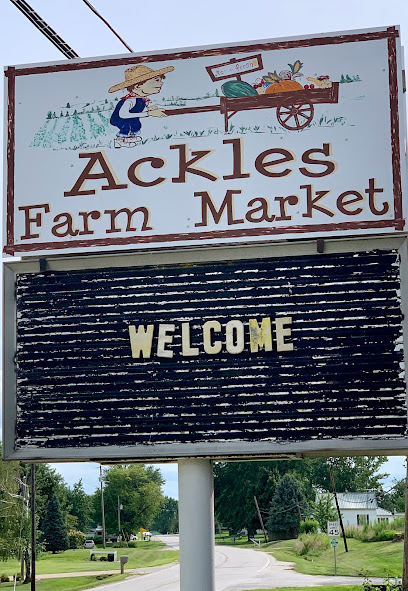
Clarksville Antique Center
Explore the Clarksville Antique Center, where history and charm combine in a delightful shopping experience for antique lovers.
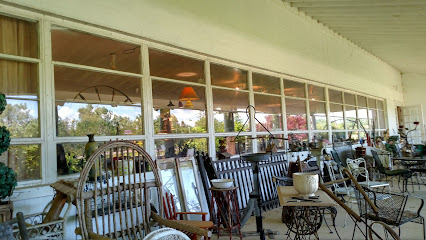
Bob's Red Fox Inc
Explore local flavors at Bob's Red Fox Inc, your go-to grocery store in Pleasant Hill, IL, showcasing the best of regional produce and artisanal goods.

The Henny Penny LLC
Explore The Henny Penny LLC, a delightful gift shop and art center in Bowling Green, MO, offering unique handcrafted treasures and local artistry.
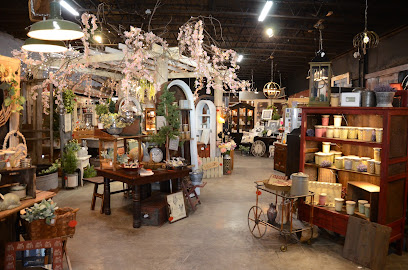
Sugar River Shoppe
Explore Sugar River Shoppe in New Glarus, WI, where unique gifts meet local charm in a delightful shopping experience.
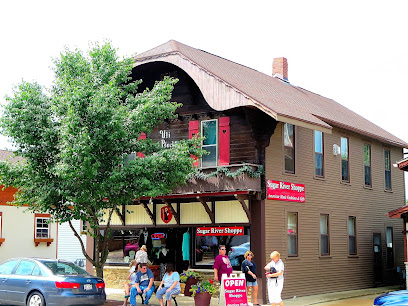
Waggoners Riverroad Antiques
Discover timeless treasures and unique vintage finds at Waggoners Riverroad Antiques in Elsberry, Missouri, the perfect stop for antique lovers.
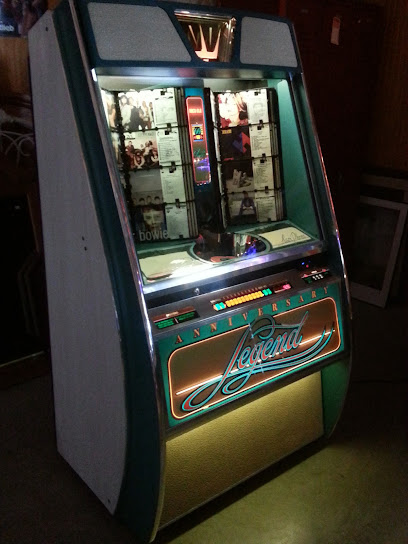
The Almost Famous Gift Boutique
Explore a charming gift shop in Wood River, offering unique handmade crafts, local art, and treasures that make perfect souvenirs for your travels.

Gifts R Us
Explore the charm of Gifts R Us in Chicago, where unique finds and local treasures await every visitor.
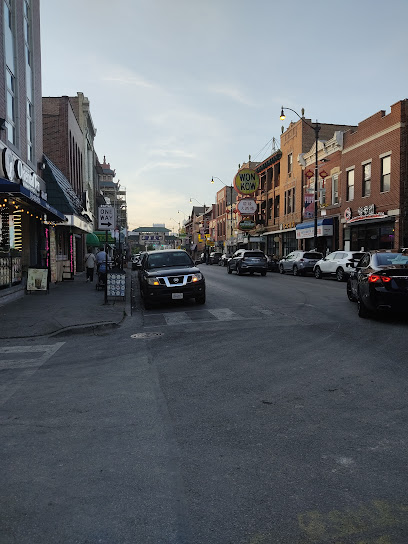
Unique Boutique 815
Explore Unique Boutique 815 for a delightful shopping experience filled with local fashion, art, and one-of-a-kind finds in Belvidere, Illinois.
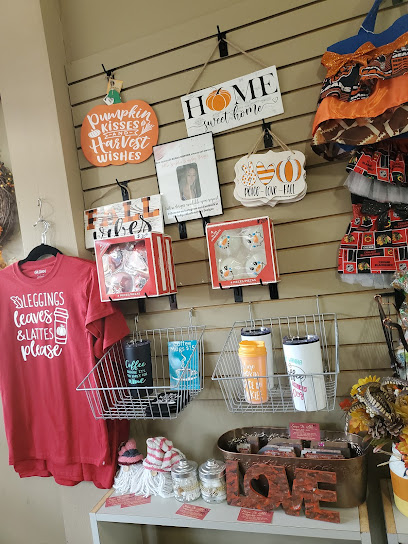
Essential bars & hidden hideouts
Fast Eddie's Bon Air
Discover the vibrant atmosphere and tasty offerings at Fast Eddie's Bon Air in Alton, Illinois - a true local favorite.
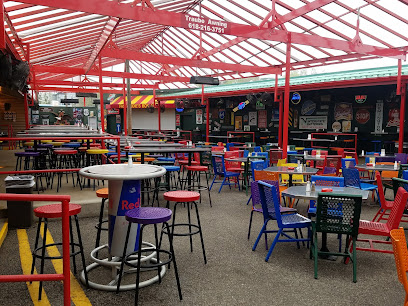
Grafton Oyster Bar
Discover the ultimate seafood experience at Grafton Oyster Bar, where fresh oysters and stunning river views create unforgettable moments.
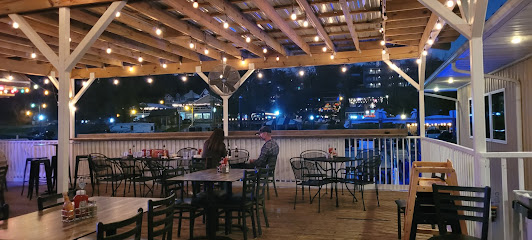
Morrison's Irish Pub
Discover the heart of Ireland at Morrison's Irish Pub, where authentic dishes and vibrant atmosphere create the perfect dining experience in Alton, Illinois.
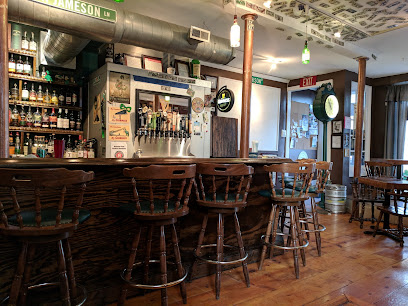
3rd Chute Bar & Grill
Savor delicious grill cuisine and vibrant ambiance at 3rd Chute Bar & Grill in Grafton, Illinois, perfect for every food lover and traveler.
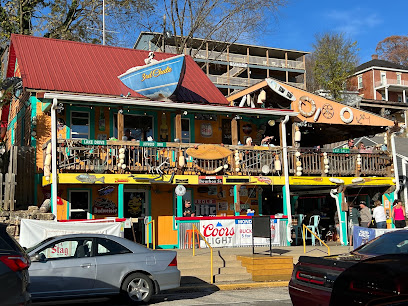
Drifters Bar and Grill
Discover the flavors of Grafton at Drifters Bar and Grill, where delicious American cuisine meets breathtaking views in a friendly atmosphere.
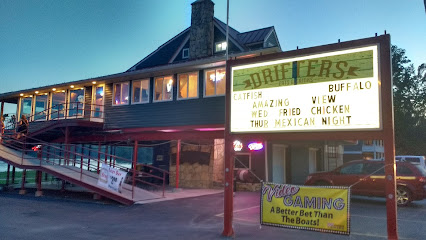
The Old Bakery Beer Company
Explore the flavors of Alton at The Old Bakery Beer Company, where craft beer meets delicious culinary creations in a welcoming atmosphere.
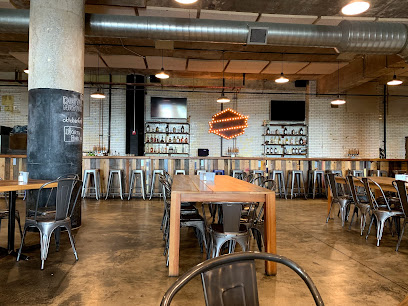
Grafton Pub
Experience the local charm of Grafton Pub, your go-to destination for delicious food, refreshing drinks, and a welcoming atmosphere along the river.
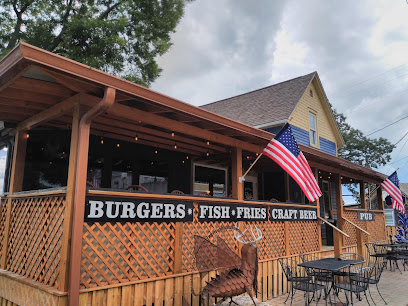
Grafton Winery & Brewhaus
Experience the charm of Grafton Winery & Brewhaus, where artisanal wines and craft brews meet delectable cuisine in a stunning setting.
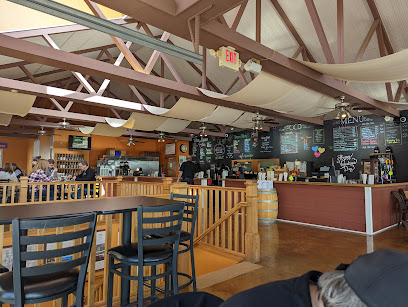
The Winery at Aerie's Resort
Discover the beauty and flavors of Grafton at The Winery at Aerie's Resort, where stunning views meet exquisite wines and delicious cuisine.
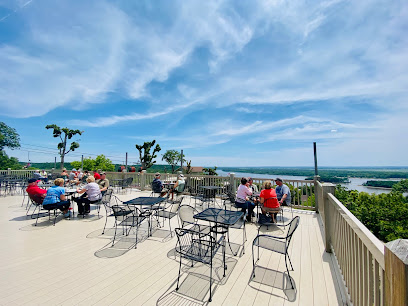
Do Drop Inn
Discover Do Drop Inn, where the friendly atmosphere meets delicious grilled comfort food in the heart of Dow, Illinois.
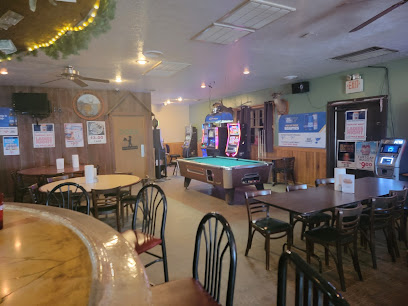
Aerie's Resort in Grafton Illinois
Discover Aerie's Resort: A Scenic Escape for Adventure Lovers and Relaxation Seekers in Grafton, Illinois.
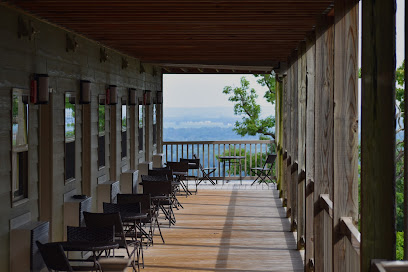
Copperhead Taverns
Discover Copperhead Taverns: a charming bar in New Canton, IL, offering delicious food, a wide drink selection, and a welcoming atmosphere for all.
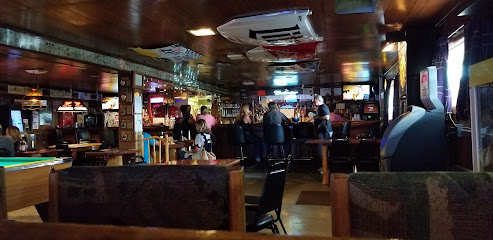
The Pavillion
Discover the charm of The Pavilion in Kampsville, a delightful bar and restaurant offering delicious food and a welcoming atmosphere for all.
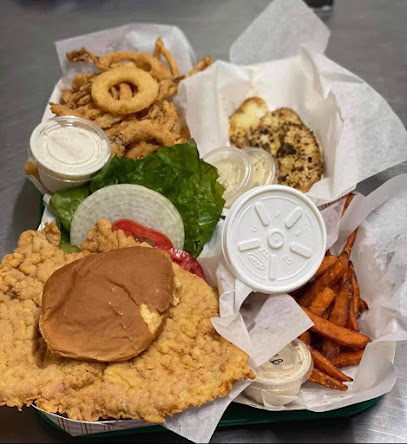
Straight Home
Discover the charm of Straight Home, a cozy bar in Hardin, Illinois, where great drinks and friendly vibes await every visitor.
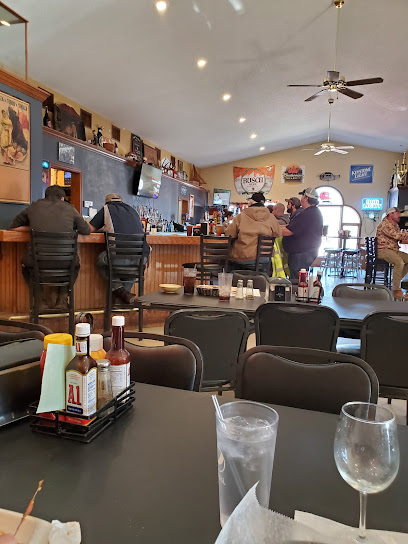
Dick's Riverside Bar & Grill
Discover Dick's Riverside Bar & Grill: A riverside gem offering delicious grilled dishes and stunning views in Kampsville, Illinois.
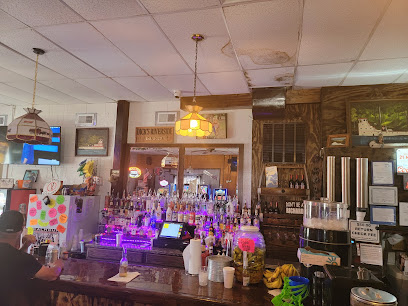
Local Phrases about Great River Road
-
- HelloHowdy
[haw-dee] - GoodbyeSee ya
[see yuh] - YesYep
[yep] - NoNah
[nah] - Please/You're welcomePlease
[pleez] - Thank youThanks
[thaynks] - Excuse me/SorryPardon me
[pahr-dn mee] - How are you?Howdy
[haw-dee] - Fine. And you?Doin' fine. You?
[doin' fahyn. yuh?] - Do you speak English?Ya speak English?
[yah speak ing-glish?] - I don't understandI ain't gettin' ya
[I aint get-tin' yuh]
- HelloHowdy
-
- I'd like to see the menu, pleaseGimme the menu, please
[gim-mee the men-yoo, pleez] - I don't eat meatI don't do meat
[I don't doh meet] - Cheers!Cheers!
[cheers!] - I would like to pay, pleaseI'll settle up, please
[I'll set-tl up, pleez]
- I'd like to see the menu, pleaseGimme the menu, please
-
- Help!Help!
[help!] - Go away!Git!
[git!] - Call the Police!Call the cops!
[call the cops!] - Call a doctor!Call a doc!
[call a doc!] - I'm lostI'm turned around
[I'm turned around] - I'm illI'm feelin' poorly
[I'm feel-in' poor-lee]
- Help!Help!
-
- I'd like to buy...I wanna buy...
[I wanna buy...] - I'm just lookingJus' lookin'
[jus' look-in'] - How much is it?How much?
[how much?] - That's too expensiveThat's steep
[that's steep] - Can you lower the price?Can ya come down on the price?
[can yuh come down on the price?]
- I'd like to buy...I wanna buy...
-
- What time is it?What's the time?
[what's the time?] - It's one o'clockIt's one
[it's one] - Half past (10)Half past ten
[half past ten] - MorningMornin'
[morn-in'] - AfternoonAfternoon
[af-ter-noon] - EveningEvenin'
[even-in'] - YesterdayYest'day
[yest'day] - TodayToday
[to-day] - TomorrowTomorrah
[to-mor-rah] - 1One
[wun] - 2Two
[too] - 3Three
[three] - 4Four
[for] - 5Five
[fahyv] - 6Six
[siks] - 7Seven
[sev-uhn] - 8Eight
[eyt] - 9Nine
[nahyn] - 10Ten
[ten]
- What time is it?What's the time?
-
- Where's a/the...?Where's the...
[where's the...] - What's the address?What's the addy?
[what's the add-ee?] - Can you show me (on the map)?Can ya show me (on the map)?
[can yuh show me (on the map)?] - When's the next (bus)?When's the next (bus)?
[when's the next (bus)?] - A ticket (to ....)A ticket (to ....)
[a ticket (to ....)]
- Where's a/the...?Where's the...
History of Great River Road
-
Long before European explorers set foot in North America, the area that is now Illinois was home to thriving Indigenous civilizations. The most notable among these was the Mississippian culture, centered at Cahokia Mounds near present-day Collinsville. This complex society, which flourished from around 700 to 1400 AD, built massive earthen mounds and established extensive trade networks along the Mississippi River. The Great River Road in Illinois provides a gateway to exploring these ancient earthworks and understanding the sophisticated cultural and political structures of the Mississippian people.
-
The 17th century saw the arrival of European explorers and missionaries to the Illinois region. French explorers Louis Jolliet and Jacques Marquette were among the first to navigate the Mississippi River in 1673, documenting their encounters with native tribes and the vast wilderness. Their accounts opened the floodgates for subsequent French settlements. Notably, Fort de Chartres, built in the early 1700s near modern-day Prairie du Rocher, became a significant military and trading post for the French in the Illinois Country. The remnants of this fort can still be visited today, offering insights into the early colonial era along the Great River Road.
-
Following the American Revolution, the Illinois territory came under United States control. The early 19th century was a period of rapid change as settlers moved westward, drawn by the fertile lands along the Mississippi River. Illinois achieved statehood in 1818, and the Great River Road became a vital thoroughfare for pioneers and goods. Towns like Alton and Quincy emerged as key river ports, facilitating trade and transport. Historic landmarks from this era, such as the Elijah P. Lovejoy Monument in Alton, commemorate the region's role in the broader narrative of American expansion and the quest for freedom.
-
The Great River Road in Illinois played a significant role during the Civil War and the Underground Railroad. The river towns along this route were hotbeds of abolitionist activity. Quincy, in particular, was a crucial stop for escaped slaves seeking freedom in the North. The Dr. Richard Eells House in Quincy, now a museum, served as a safe house for many runaway slaves. This period is marked by stories of courageous individuals and the relentless pursuit of liberty, with the Mississippi River often symbolizing a gateway to freedom.
-
The 20th century brought industrial growth and modernization to the regions along the Great River Road. The construction of bridges, highways, and levees transformed the landscape, making it more accessible for commerce and tourism. Alton and East St. Louis became industrial hubs, while the scenic beauty of the river bluffs and wetlands attracted tourists. Today, the Great River Road is celebrated not only for its historical significance but also for its natural beauty, offering a picturesque journey through the heart of America's Midwest.
Great River Road Essentials
-
The Great River Road in Illinois stretches for about 550 miles along the Mississippi River, from Galena in the north to Cairo in the south. The nearest major airports to the northern section are Chicago O'Hare International Airport (ORD) and Chicago Midway International Airport (MDW). For the southern section, St. Louis Lambert International Airport (STL) is the closest. From these airports, you can rent a car or use regional flights to smaller airports closer to the road. Amtrak also provides train services to cities along the route, such as Quincy and Alton.
-
While traveling along the Great River Road, renting a car is the most convenient option as public transportation options are limited. Biking is also popular, especially for shorter stretches. There are various car rental services available at major airports and cities along the route. If you prefer not to drive, some segments offer guided bus tours. Local taxis and rideshare services like Uber and Lyft are available in larger towns and cities.
-
The official currency in the United States is the US Dollar (USD). Credit and debit cards are widely accepted across the Great River Road, including in hotels, restaurants, and shops. ATMs are available in most towns and cities along the route. It is a good idea to carry some cash for smaller establishments, especially in more rural areas.
-
The Great River Road in Illinois is generally safe for tourists. However, it is advisable to take standard precautions, such as not leaving valuables visible in your car and avoiding poorly lit areas at night. Some towns, like East St. Louis, have higher crime rates, so it is best to stay vigilant, especially after dark. Always lock your car and keep an eye on your belongings.
-
In case of emergency, dial 911 for immediate assistance. Hospitals and medical facilities are available in larger towns and cities along the route. It is highly recommended to have travel insurance that covers medical emergencies. For minor health issues, pharmacies are widely available. Keep a list of local emergency contacts and the nearest medical facilities handy.
-
Fashion: Do dress comfortably, especially if you plan on hiking or biking. Casual wear is generally acceptable everywhere. Avoid wearing overly flashy jewelry to deter petty theft. Religion: Do respect local customs when visiting religious sites, such as churches. Public Transport: Do use seat belts when available. Don't expect extensive public transportation options in rural areas. Greetings: Do greet people with a friendly 'hello' or 'hi'. A handshake is common in formal settings. Eating & Drinking: Do try local dishes and regional specialties. Don’t forget to tip, as it is customary in the United States.
-
To experience the Great River Road like a local, make sure to stop at small-town diners and local eateries to try regional dishes. Attend local events and festivals, which are frequent along the route, especially in the summer. Visit farmers' markets to buy fresh local produce and handmade crafts. Engage with locals, who are often friendly and eager to share stories and recommendations. Don’t miss out on scenic overlooks and historical markers that offer insight into the area's rich history.
Nearby Cities to Great River Road
-
Things To Do in St. Louis
-
Things To Do in Hannibal
-
Things To Do in Decatur
-
Things To Do in Rolla
-
Things To Do in Jefferson City
-
Things To Do in Cape Girardeau
-
Things To Do in Bloomington
-
Things To Do in Peoria
-
Things To Do in Maui
-
Things To Do in Champaign
-
Things To Do in Poplar Bluff
-
Things To Do in Lake of the Ozarks
-
Things To Do in Paducah
-
Things To Do in Terre Haute
-
Things To Do in Kirksville


